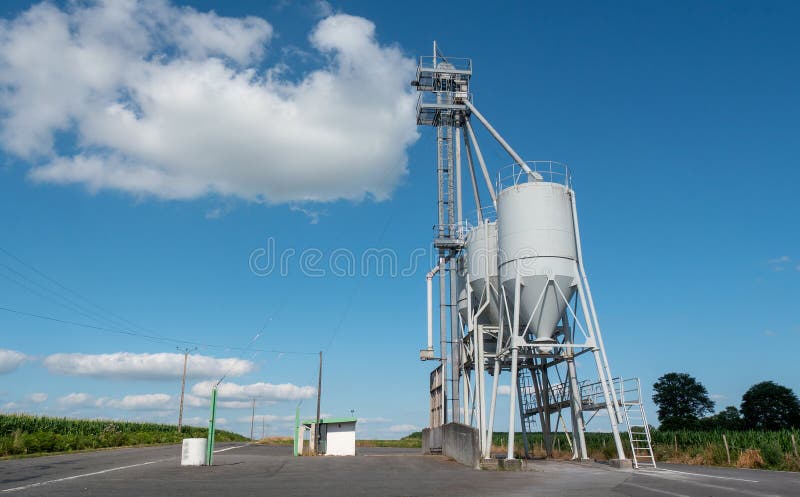

Silo City was a part of Lang’s thesis project at Penn State University in 2007. “Our ‘Lincoln Log Cabin’ type approach to historic sites has prevented reinterpretation of historic architecture,” he says. Built in 1906 as a mill and storage for American Malting Company, the eight-story structure is being revived with a $65 million budget and an adaptive reuse philosophy which, according to the project’s architect Peter Lang, is still a foreign concept in American architecture. The first phase, which will transform the American Mill Warehouse building into a 168-unit complex, is anticipated to open in the summer of 2022. Residential, however, is the next and most ambitious part of Smith’s outlook for his investment. From locals attending the City of Night festival to architecture students from China, visitors have been curiously stomping the grounds. His revival project started a decade ago through cultural programing which has included guided tours, art installations inside the silos, a reading series, as well as a restaurant. Construction is also a daytime job for the developer who is the third-generation owner of the local engineered metal company, Rigidized Metal Corporation.


“I don’t like master plans,” Smith says to explain his slowly evolving vision for the compound. Decades after they were deprived of purpose, the towers reflect this complex history and now attract visitors at growing numbers. The structure’s enduring charisma today stems from its grotesquely utilitarian design which served for the function of elevating grain through 120-foot-tall silos. Lawrence Seaway’s easing of commercial transportation in and out of the United States in the middle of 20th century, however, ignited Buffalo’s, and Silo City’s, gradual fall. The construction of Silo City’s American Grain Elevator in 1906 was the first pouring of monolithic concrete in the country. The geographically advantageous location by Niagara Falls and the Erie Canal helped Buffalo become the first American city with widespread electricity-this prompted the construction of groundbreaking architecture. When Silo City was built in 1906 during Buffalo’s heyday as a grain port and flour milling hub of the American Malting Corporation, the city prospered to unparalleled wealth. Sitting on the edge of Lake Erie, the six-part campus of dwarfing concrete silos rise from the ground like towers of a dystopian landscape. “For my father’s generation, Silo City was a symbol of failure and bad decisions, but young people are in awe of its magnificence-their new eyes see its potential,” says Rick Smith, a Buffalo local who purchased the city’s iconic defunct grain elevator compound in 2006. for many, the poetic scattering of mammoth abandoned structures across vast urban landscapes translates to sculptural grandiosity and important glimpses into the past. Whether it be Detroit, Cleveland, or Buffalo, the relics of bygone prosperity and gilded hedonism have long charmed today’s architecture buffs. This week's reprint from Metropolis explores the ongoing renovation and transformation of an iconic site in Buffalo, Silo City, in order to create ambitious residential and public projects.Įnough time has passed to revisit the infrastructure of the American Rust Belt. Sustainability and Performance in Architecture The Future of Architectural Visualization


 0 kommentar(er)
0 kommentar(er)
